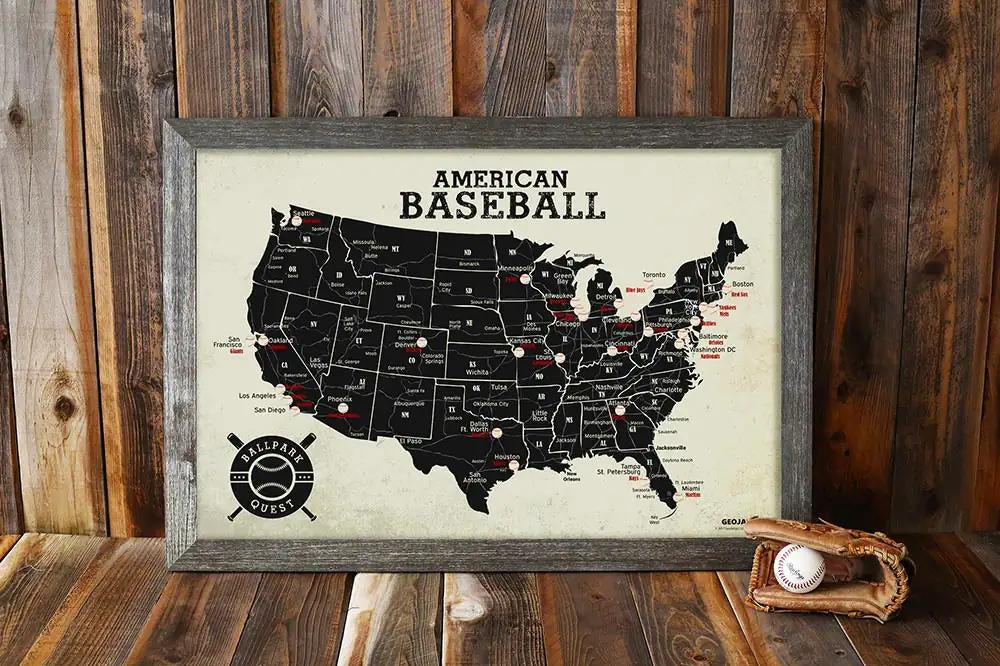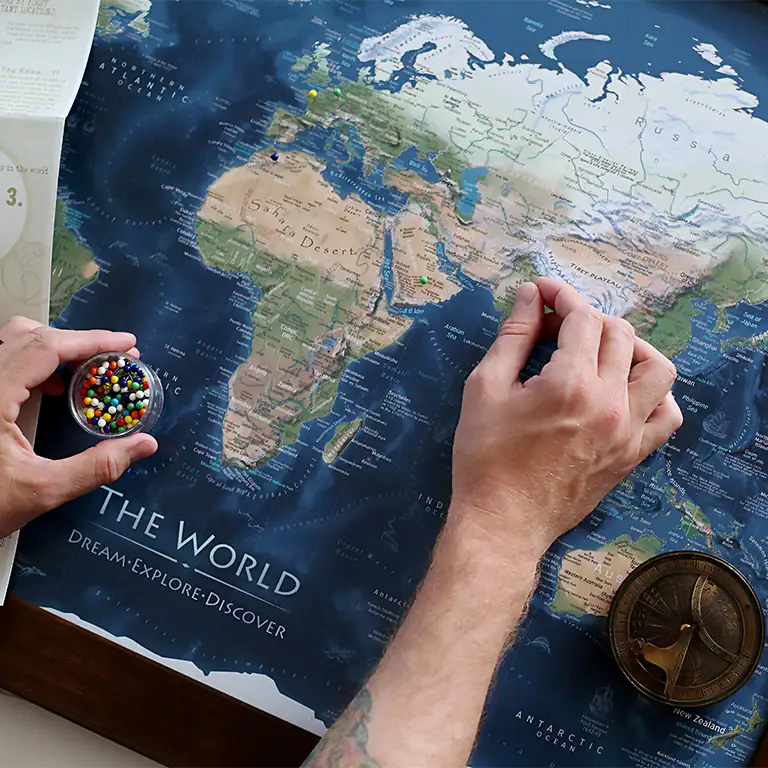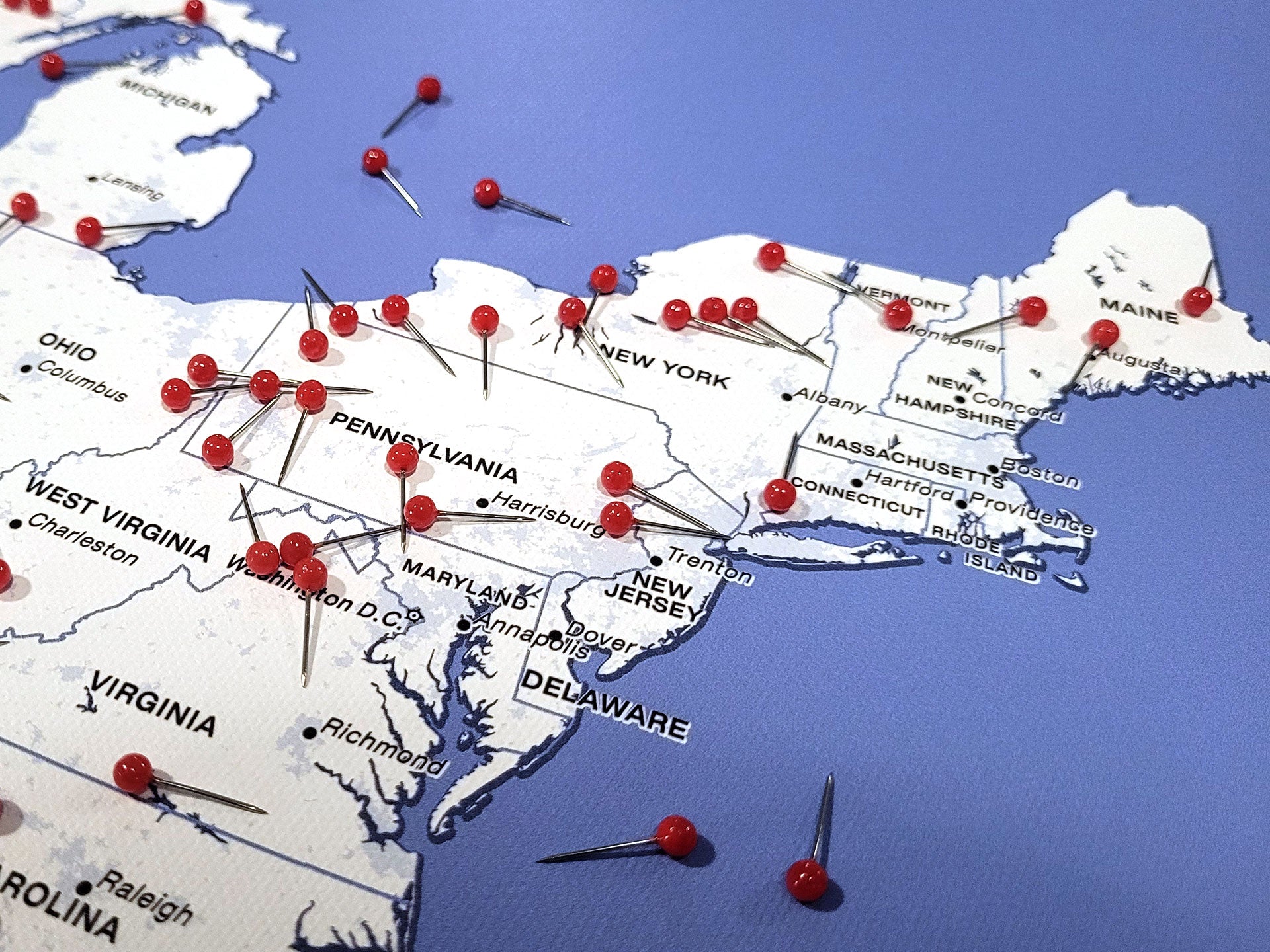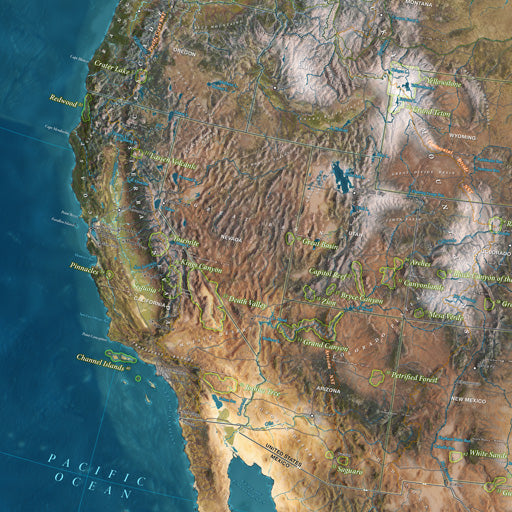What does a typical day look like inside the average U.S. elementary classroom? Visions of play-based learning and intrinsic engagement might pop into your head, but unfortunately the reality is much less exciting. The push for standardized testing in English Language Arts and Mathematics has drastically transformed our schools. The pressure put on teachers and administrators to attain certain test scores has led to an increased amount of time spent on these “core subjects” and a reduction of instructional time spent on other subjects such as social studies, art, or science. For example, social studies takes up only 5% of the educational time spent in the average U.S. classroom.
SOCIAL STUDIES TAKES UP ONLY 5% OF INSTRUCTIONAL TIME
SOUNDING THE ALARM
Expanding the amount of instructional time spent on English Language Arts and Mathematics should lead to greater academic progress in those subjects, right? Unfortunately this has not been the case. A 2019 study showed that only one third of American fourth and eighth graders are able to read proficiently. And before we point the finger at the pandemic, research shows our national reading level has been steadily dropping long before the COVID pandemic. Some educators and researchers have sounded the alarm that our chosen approach to addressing the declining reading proficiency and overall academic progress of our nation’s children is simply not working.
DISAPPEARING CURRICULUM
Several studies have proven that increasing the instructional time spent on other subjects such as Social Studies is directly linked to greater reading proficiency and overall academic progress. Why would this be? First, let’s chat about Social Studies and what it looks like inside the classroom. Social Studies covers topics such as geography, civics, economics, and history. Its main goal is to prepare students to become good citizens and contribute to our society. But a 2014 study showed that Social Studies is becoming part of the “disappearing curriculum” that is slowly being erased due to policies surrounding core subject testing. What this means is teachers are opting to integrate their Social Studies lesson plans into the core subjects in an effort to fit it all in. More drastically, they might all together ditch their Social Studies lessons in favor of Math or Reading. This isn’t a knock on teachers. I know several amazing educators and I was a teacher myself. This is a direct result of the policies put in place that value testing over teaching a balanced curriculum.
HOW CAN SOCIAL STUDIES HELP?
How does an increased amount of time spent on Social Studies lead to greater reading proficiency and overall academic progress? Social studies helps children understand the world they live in. It gives them foundational knowledge that will help them navigate growing up and connecting with those around them. Studies have shown that reading proficiency improves when a student has a contextual understanding of the passage they are reading. As an example, think about this scenario: Two students are asked to read a passage about zebras. Although neither child has seen one, one student has finished a unit on Africa and has learned about its climate, geography and wildlife, and have read about zebras and other animals native to the area. The other student has not been exposed to such a unit on Africa and has never learned about zebras. It is not difficult to understand how the student with the contextual knowledge about zebras is more likely to comprehend the passage than the student without such knowledge.
LEARNING MATERIALS TO BOOST EXPOSURE TO SOCIAL STUDIES
So how can we help our children during a time when our nation’s reading level is sinking? As the studies have suggested, incorporate more subjects such as Social Studies into the classroom curriculum. As an educator myself, I understand how difficult this can be. Sometimes there just doesn’t seem to be enough time in the day. But to help, teachers and administrators could supply classrooms with learning materials to help boost exposure to Social Studies. GeoJango has created a children’s USA Map and Geography Game to help students learn all about the USA. This play-based adventure bundle lets children explore the landmarks, states, and capitals of the U.S. It highlights state birds and flowers, important sites, and shapes and locations of the 50 states. The bundle, called A Trip Around the USA Adventure Bundle, comes with a beautifully designed large tear resistant map of the United States. It also includes an impressive 25 page activity booklet to guide students through the exploration of the country, as well as lists the various games to play. An educational game bundle like this can help students access Social Studies academic standards while taking some of the burden off educators. Teachers, grab one of these bundles and simply let your students play. Learn more about the adventure bundle!














